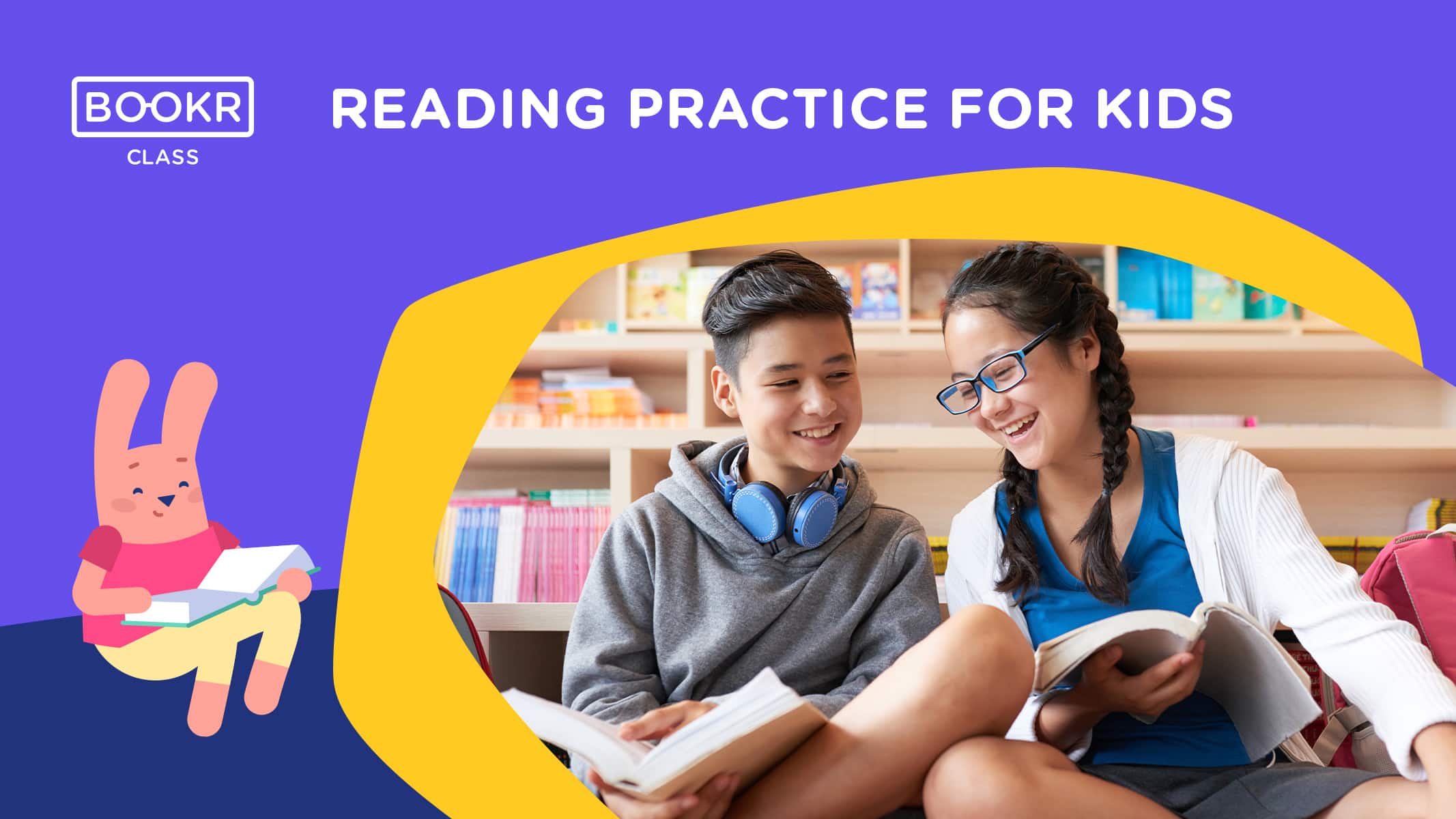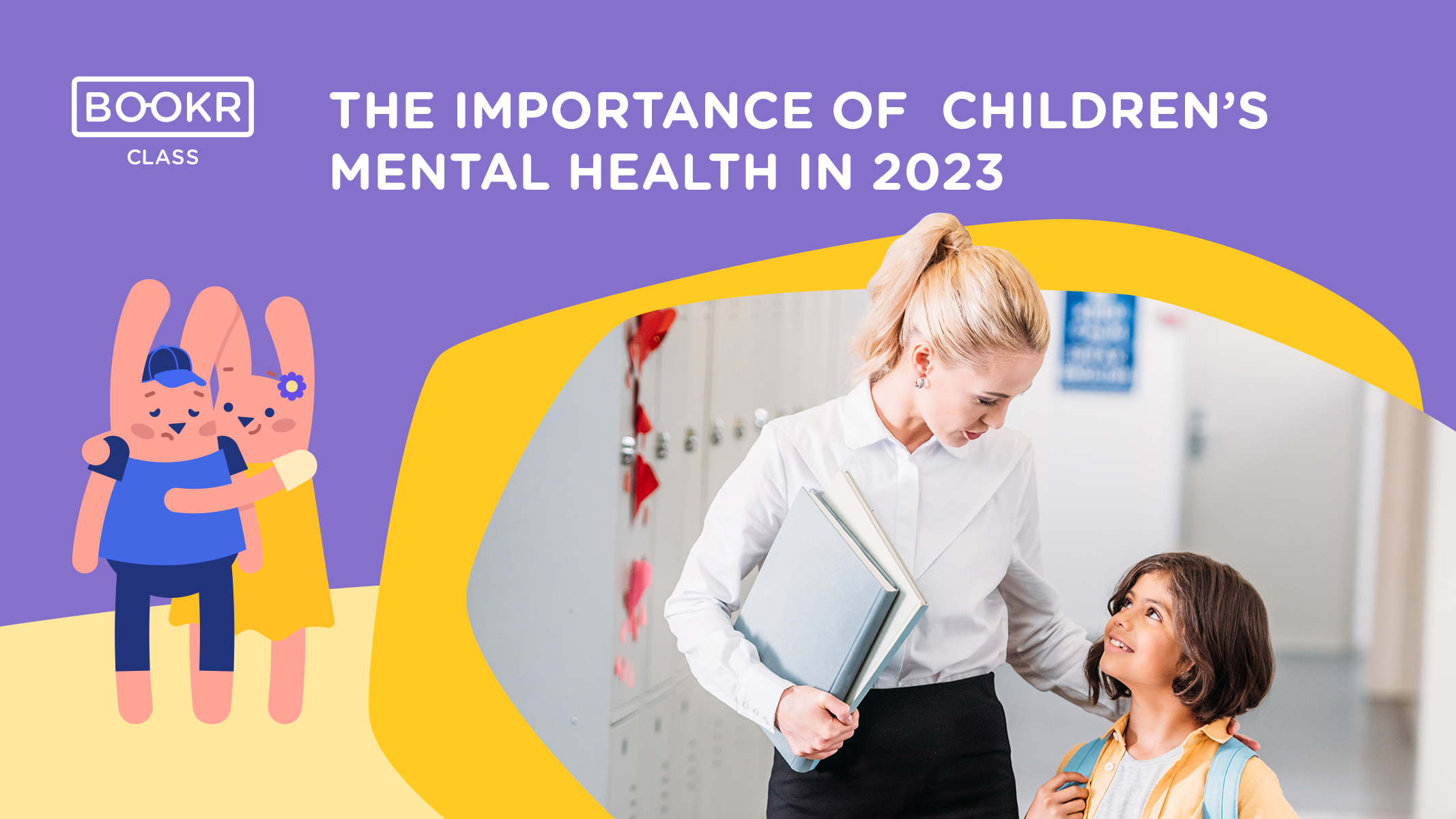How To Raise Bilingual Readers
How do children learn to read? Is it any different for children whose parents speak different languages? Zsuzsi Papp, psychologist and mother of three, on becoming a bilingual reader from a subjective and slightly scientific point of view.
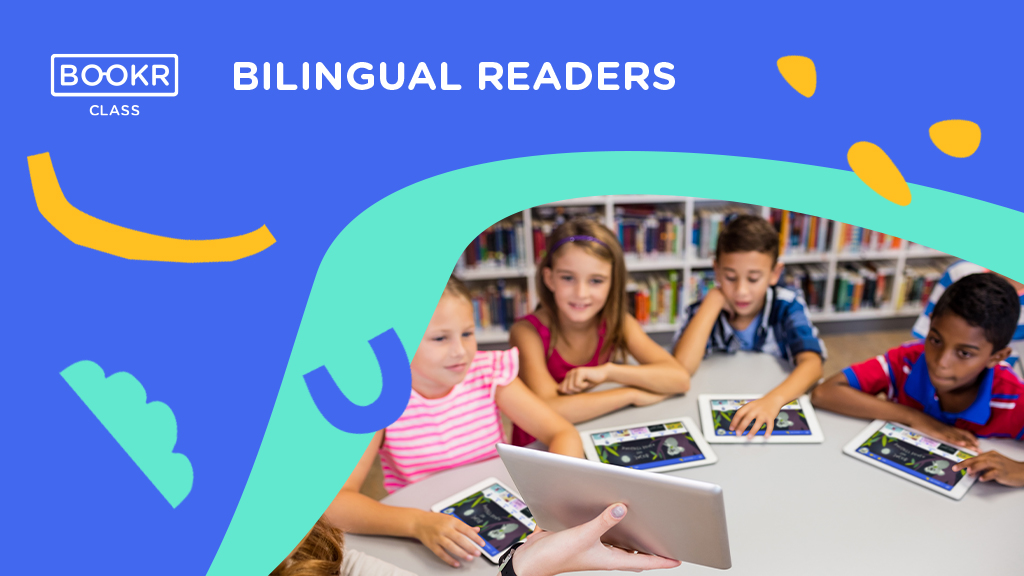
The limits of my language mean the limits of my world
My oldest daughter is in first grade now. She’s looking forward to being able to read alone. She looks forward to the fun retreat element and to reading from her favourite storybooks to her siblings. And now I have to figure out what books to order from where in her „father tongue.”
Most people speak two or more language, so bilingualism is not at all uncommon. Some countries have more than one official languages; in immigrant families people at home may speak a different language from their environment; but bilingualism can develop when somebody learns, say, English in school or in any other way.
In Europe and in Hungary as well, mixed marriages are becoming more and more common. These couples have different languages, cultural backgrounds, and traditions, and, due to great physical distances, it’s more difficult for them to keep in touch with relatives. Me and my husband are one such couple.
The knowledge of several languages opens new worlds and helps with mental freshness, problem-solving, social flexibility, moreover, the active use of foreign languages is effective against old age cognitive decline.
Simultaneous bilingualism is a useful expression, however, the different languages do not develop simultaneously. On the one hand it depends on the immediate environment, the general social and educational situation of the family, and on the individual level it’s affected by communication style, expressiveness and responsiveness, for instance how sophisticated and comprehensible the person who talks to the child is.

It’s not negligible how many and what kind of stories children read at home. In general, in early childhood the language of the parent who spends more time with the child dominates the language development. In school age, the language of the environment takes over.
Studies in bilingualism suggest that children who are learning to read should start with the language of their environment, that is the school where learning is adapted to the characteristics of the language.
When learning to read, bilingual children may benefit from their higher metalanguage knowledge and richer phonemic awareness.
Some studies show that if the dominant language is phonemically more comprehensible, then the knowledge of the dominant language will affect the other language, making learning to read easier, for example.
However, it’s not just about the sounds. Proctor et al.’s (2012) research suggests that in addition to the richness of vocabulary its depth can contribute to learning to read – even the depth of the knowledge of one language can improve reading skills in the other language.
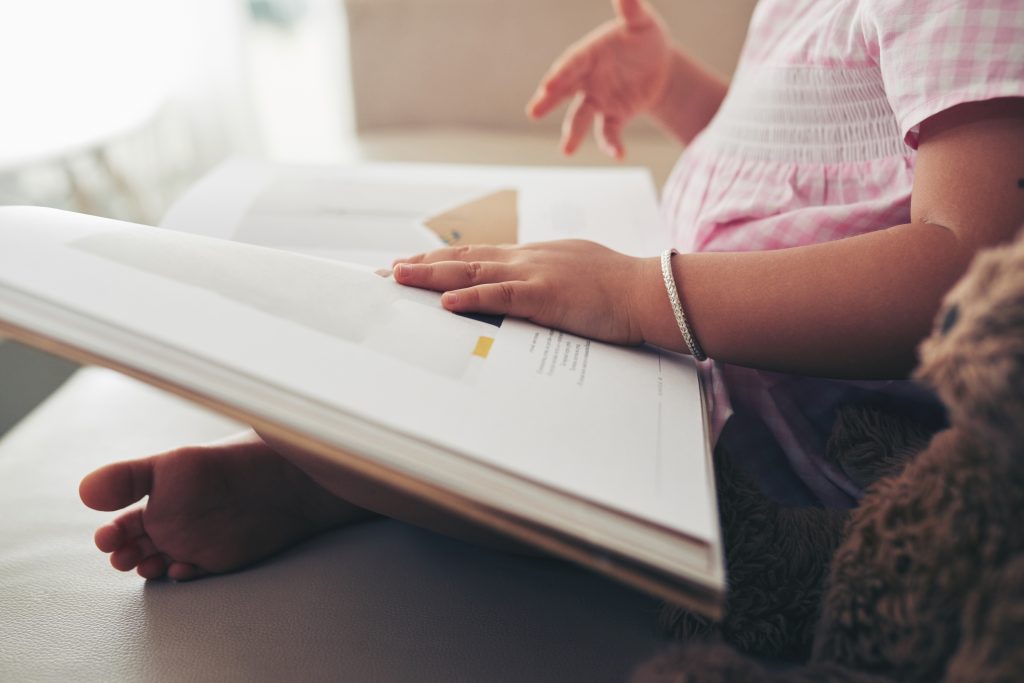
On the other hand, there is a general tendency for a child to be able to read on the same level as monolingual children by third grade, regardless of in which language they started to learn to read.
According to the results of Kovelman et al. (2008), children in bilingual schools who are regularly and comprehensibly exposed to their second language before the age of 3 develop native level reading and comprehension skills in both languages.
In our case, the dominant language of the more active parent and the language of the environment coincide: Hungarian. How will our children be competent in their father tongue in school? There are several avenues, often in parallel, to accomplish this, all of which are resource-intensive in different ways.
One such avenue is a foreign language kindergarten or school, another option is to find Saturday schools and events organized by a minority community, and a third option is to look for families, relatives, peers who speak the same language. A fourth way is through stories and reading.
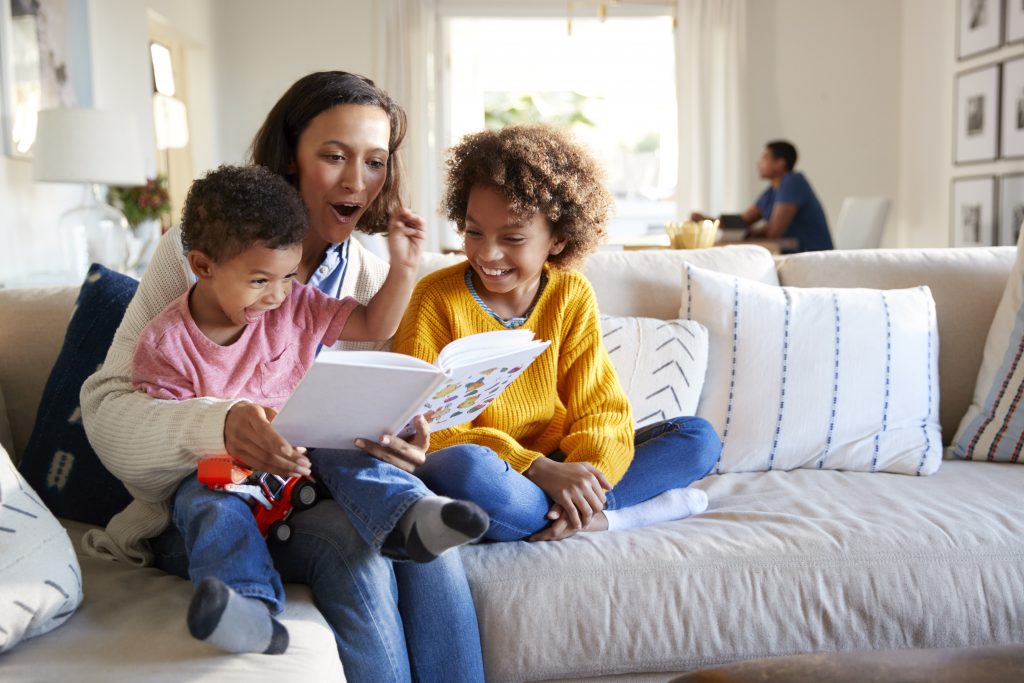
Even 15 minutes of reading stories a day can substantially expand and deepen children’s vocabulary and enrich their connection to a culture. As we love reading, books, and storytelling, for us this fourth option is a no-brainer. Where to find good quality storybooks in a given language is another matter altogether. I don’t necessarily know which author, translator, or publisher to rely on, and there are no libraries to help.
The other side of the challenge is when their dad reads a story, even if they don’t understand everything, our three kids have a global image of the story in their head and they start to understand more and more expressions as the story progresses.
However, when I read a story in their father tongue, I have to simultaneously translate and tell the story in both languages, or we stop after every sentence to decode their meaning. I sometimes check the dictionary, just to be on the safe side. In a foreign language situation when the narrator is not a native speaker, the need for explanation and translation is constant as the context is different.
Therefore, I think it is important that early childhood foreign language learning takes place in an environment with native language competence.
The Bookr Class app is designed to help with teaching and learning English as a foreign language.
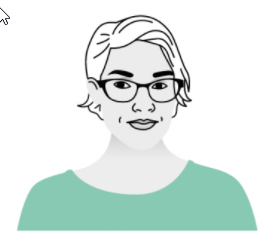
About the author
Zsuzsi Papp
Journalist, psychologist, autogenic trainer, marriage and family therapist candidate. She is currently doing her doctorate research at Semmelweis University about families who are raising children with chronic conditions, and also holding supportive group sessions, relaxations, trainings and talks for these families. Mother of three children, and as living in a multicultural family, her main principles are openness, flexibility and acceptance.
